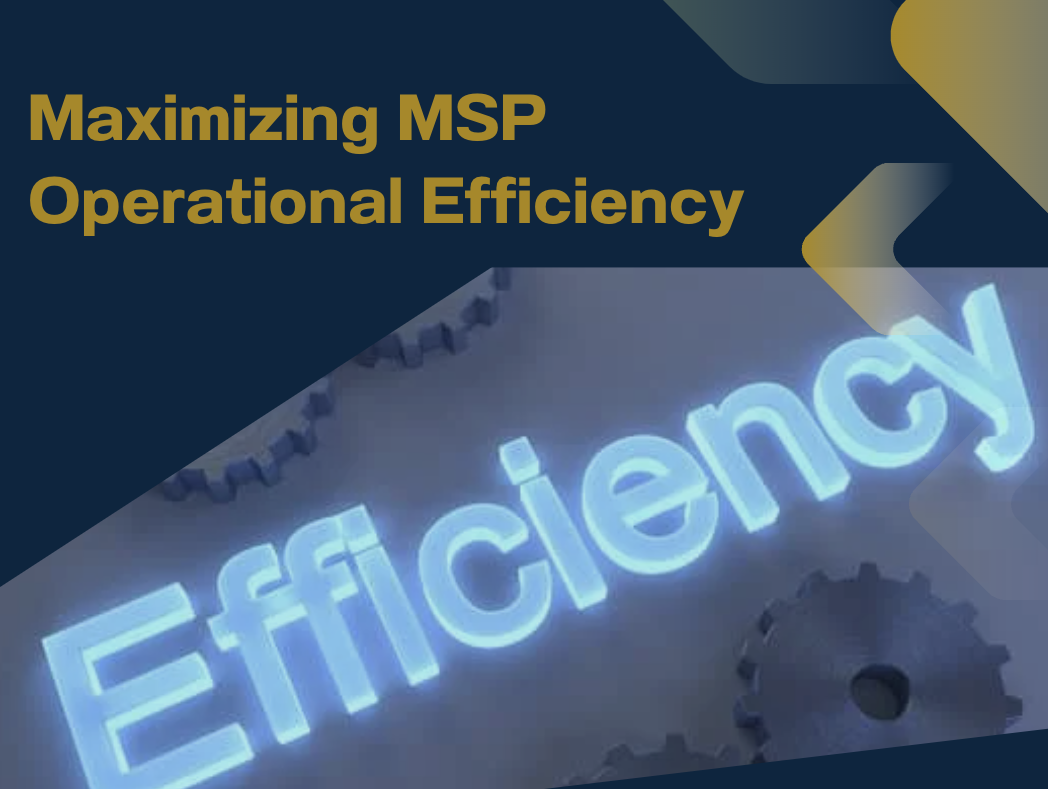Introduction
In the fast-evolving IT services sector, Managed Service Providers (MSPs) face constant pressure to enhance their service delivery while maintaining cost efficiency. Operational efficiency is not just about cutting costs—it’s about maximizing the value delivered to clients, reducing downtime, and ensuring that teams work cohesively toward shared goals. A key tool in achieving these objectives is the SWOT analysis approach, which enables MSPs to systematically identify and address challenges in their service delivery processes.
This article explores how MSPs can streamline their service delivery through strategic SWOT analysis, with a particular focus on the integration of operations and team workflows.
Understanding SWOT Analysis in the Context of MSPs
What is SWOT Analysis?
SWOT analysis is a strategic planning tool that MSPs can use to evaluate four critical areas:
- Strengths: Internal factors that give the MSP a competitive edge.
- Weaknesses: Internal factors that hinder the MSP’s efficiency or service quality.
- Opportunities: Forward-looking goals that align with the MSP’s vision and strategic objectives.
- Threats: External factors that could negatively impact the MSP’s operations or market position.
The Importance of SWOT Analysis for MSPs
For MSPs, SWOT analysis provides a structured approach to identifying the gaps and inefficiencies within their service delivery processes. By systematically assessing these four areas, MSPs can develop targeted strategies to enhance their operations, improve client satisfaction, and ultimately increase profitability.
Streamlining Service Delivery with SWOT Analysis
Identifying Strengths and Weaknesses in Operations
Operational Strengths
An MSP’s operational strengths often include their technical expertise, robust infrastructure, and efficient service processes. These strengths should be leveraged to deliver exceptional service quality. For instance, MSPs with a strong incident response team can highlight this capability as a key differentiator in their service offerings.
Operational Weaknesses
Weaknesses in operations can manifest in several ways, such as outdated technology, inefficient workflows, or a lack of standardized processes. These weaknesses can lead to increased downtime, higher operational costs, and lower client satisfaction. Through SWOT analysis, MSPs can pinpoint these weaknesses and prioritize areas for improvement.
Aligning Aspirations with Operational Goals
Setting Aspirational Goals
Aspirations in the SWOT analysis framework are forward-looking and should be ambitious yet achievable. For MSPs, this might include goals such as becoming a market leader in a specific niche, achieving a certain level of client satisfaction, or expanding into new geographic regions.
Aligning Aspirations with Daily Operations
To ensure that these aspirations are not just lofty ideals, MSPs need to align them with their daily operations. For example, if an MSP aspires to be a leader in cybersecurity, they must invest in training their team, acquiring the latest security technologies, and refining their incident response protocols.
Mitigating Threats Through Proactive Measures
Identifying External Threats
Threats to an MSP’s service delivery can come from various sources, including emerging competitors, changing client expectations, and technological advancements. By identifying these threats, MSPs can develop proactive strategies to mitigate their impact.
Strategic Responses to Threats
MSPs can respond to identified threats through several strategies, such as diversifying their service offerings, investing in new technologies, or enhancing client communication to better understand and anticipate their needs. For example, if a threat is identified from a competitor offering lower prices, the MSP could focus on differentiating their services through superior quality and customer support.
Integrating Operations and Team Workflows for Enhanced Efficiency
Importance of Integrated Workflows
For MSPs, operational efficiency is heavily dependent on the seamless integration of team workflows. Silos between teams can lead to miscommunication, duplicated efforts, and delays in service delivery. By using SWOT analysis to evaluate how different teams interact, MSPs can identify inefficiencies and streamline workflows.
Strategies for Workflow Integration
Cross-Functional Collaboration
Encouraging cross-functional collaboration between teams, such as between the technical support and sales teams, can lead to more cohesive service delivery. For example, sales teams equipped with insights from the support team can better tailor their pitches to client needs.
Workflow Automation
Automation of routine tasks can significantly improve workflow efficiency. MSPs can use SWOT analysis to identify which processes are most in need of automation, thereby freeing up their teams to focus on more strategic tasks.
Continuous Feedback Loops
Establishing continuous feedback loops between teams ensures that workflows remain aligned with operational goals. For example, regular meetings between project managers and technical teams can help in quickly addressing any issues that arise, ensuring that projects stay on track.
Conclusion
Maximizing operational efficiency in MSP service delivery requires a strategic approach that aligns internal strengths with external opportunities while mitigating threats and addressing weaknesses. Through SWOT analysis, MSPs can systematically enhance their operations, integrate workflows, and set aspirational goals that drive growth.
In an industry where efficiency and responsiveness are paramount, MSPs cannot afford to overlook the importance of a well-executed SWOT analysis. This tool not only identifies areas for improvement but also helps align the entire organization toward a common goal.
Call to Action Gold Team specializes in helping MSPs enhance their service delivery and sales enablement. Our expert consultants bring the roadmap to practice with a SWOT analysis that addresses team workflows and go-to-market strategies, ensuring your MSP is positioned for sustained growth and success. Let us help you streamline your operations and achieve your business aspirations. Get in touch with us today.



